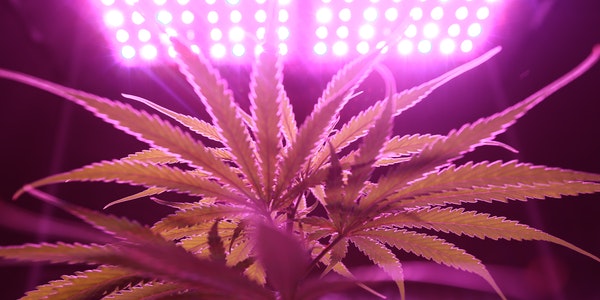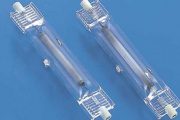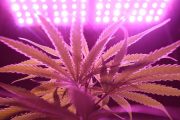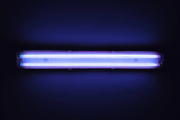Effect of Grow Lights on Cannabis Growing
Cannabis is a special kind of crop that is different from ordinary vegetables, fruits and flowers. Because it is still illegal (drug) in many parts of the world, the cultivation of cannabis faces unique challenges. Growers need to use the right amount of cannabinoids, organic fertilizers, moisture, appropriate temperature and high PPE light to produce high-quality flowers. At the same time, the grower has to deal with physical constraints, tight budgets and strict harvesting cycles. In response to this situation, LED growth lights customized for the growth of cannabis can play an important role.
LED lights can reduce operating costs while increasing cannabis production and density. Compared with traditional HPS lamps, LED dimming efficiency is higher. The grower can freely adjust the brightness and color temperature, which is combined with the custom spectrum, and the quality will not decrease over time. Therefore, the production of cannabinoids and terpenes is higher.
The phytochemical content of hemp flower has a lot to do with the ratio of light. Scientists have been exploring the relationship between light and the quality of cannabis for nearly half a century. They generally believe that full-spectrum white light composed of blue, green and red light can help speed up the production of terpenes and cannabinoids.
How light affects cannabis growth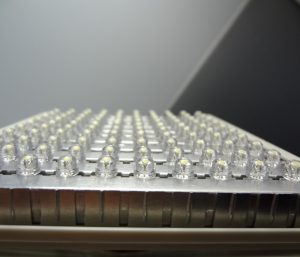
Cannabinoids are a key indicator of the growth of cannabis, and the higher content of cannabinoids in flower hairs will bring higher market prices to cannabis farmers. Growers can increase the amount of cannabinoids through a reasonable combination of blue, green, and red light and a small amount of far-infrared wavelengths. One thing to note is that the spectrum needs to be fine-tuned to control it in an appropriate range, because the green level exceeding a certain percentage will have a negative impact on the production of cannabis, and the power consumption will also increase.
Compared with the flower cannabinoid content, the flower content of terpenes is much lower, but the effect on the quality of cannabis is more significant. Higher optical density during flowering can promote the synthesis of terpenes, thereby increasing the production of CBD and THC. Just like cannabinoids, having the correct ratio of red light in the full-spectrum white light will also increase the content of CBD and THC, resulting in higher quality cannabis and medical value.
Can Grow Lights Give you Sunburn?
Are LED grow lights harmful to human eyes? Although sometimes people think that it may harm eyesight, but generally not. So, will LED grow lights cause harm to human health or eyesight? If so, how can these risks be minimized?
Several factors that determine the safety of any grow light include: continuous lighting time, intensity and wavelength. Regardless of the wavelength and duration of the light release, strong light will always hurt your eyes. Intense light can cause “burns” of the retina and interfere with your vision. At the same time, long-term bright light can also cause skin burns.
If you stare at the bright light for a period of time and then close your eyes briefly, some strange patterns will appear in your vision. So there is reason to believe that if you stare at the lamp for a long time, the light may hurt your retina. This is true for any strong LED lamp, but traditional light sources such as HPS, CMH or fluorescent lamps are more harmful to the eyes. By the same token, if the light is too strong and it is too close to the plants, it may burn them. Therefore, keep a proper distance between the lamp and the plant to prevent the plant from being burned.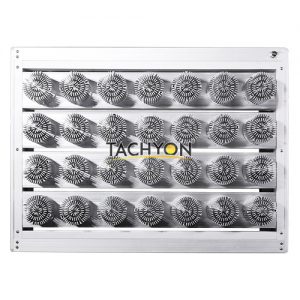
What wavelengths are good for plants
The wavelength determines the color of the light, and most wavelengths are harmless to the human eye. However, LED plant growth lamps containing ultraviolet rays are harmful to your eyes and health. Whether it is a fluorescent lamp, LED plant growth light, metal halide plant growth light or HPS plant growth light. Blue light belongs to visible light, which contains a small amount of invisible light-ultraviolet light. When your skin is exposed to a plant growth lamp, if you find that your skin turns dark, you can basically judge that the UV output of the lamp is very high. On the other hand, unless very high intensity is emitted, pure red light is not harmful.
In order to better protect yourself from the burns of grow light, one method is to minimize the working time under LED grow light, and the other method is to wear protective glasses when working under light. In addition, another protective measure is to keep the plant grow light in a light-sealed plant growth tent.
Will LED grow lights harm your health?
Any kind of artificial glare at night will interfere with the body’s natural biological clock. When our brain reads this light, it will imply that it is not time to sleep at this time, which will disrupt people’s sleep. Therefore, doctors recommend turning off bright light sources such as TV screens, mobile phones, and overhead lights at least two hours before going to bed. This is what we often say, before going to bed, our brain and body should be gradually adjusted to sleep mode. Similarly, you should turn off the growth lights in your living area at least two hours before going to bed.
Most artificial light is actually harmless to the human body. Of course, if you accidentally touch the very hot lamp housing, you may be burned.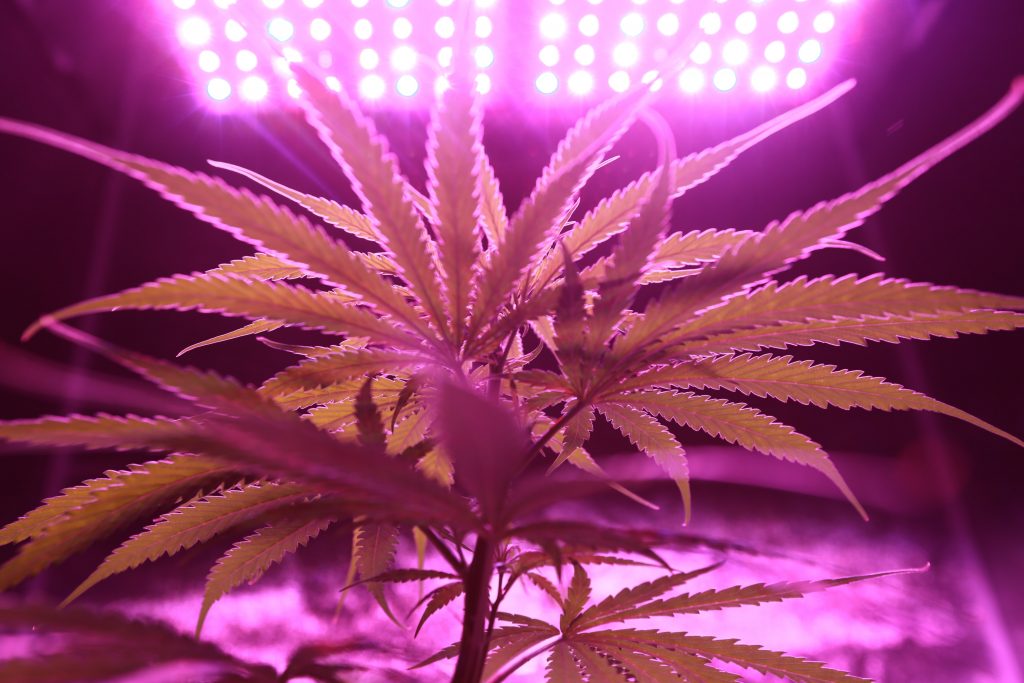
How to Avoid the Harmness of Grow Lights to Your Eyes
If you are working in a closed space and the lights in it generate a lot of heat, it may cause you to get heat stroke. The LED growth lamp with a heat sink has different burn risks because of the difference in the arrangement of the lamp beads and the size of the heat dissipation fin area. Touching the radiator after the lamp is on for a period of time may also burn your skin.
LED grow light will emit a certain amount of radiation, but it will not cause harm to the human body. Just like standing in front of a microwave generator, if it is not shielded, it can cook the meat. LED grow lights of a specific spectrum emit slight radio frequency radiation, which can interfere with wireless controllers and mobile phones. But there is no evidence that this has any harm to human health.
As with any electrical equipment, the plug of the LED light may generate sparks when it is inserted into the socket. So we should try to avoid connecting too many LED lights to the power socket. Note that only compatible bulbs should be used to replace the burned out lamp, because a mismatch in the electrical system may cause the lamp to fail or burn out.

